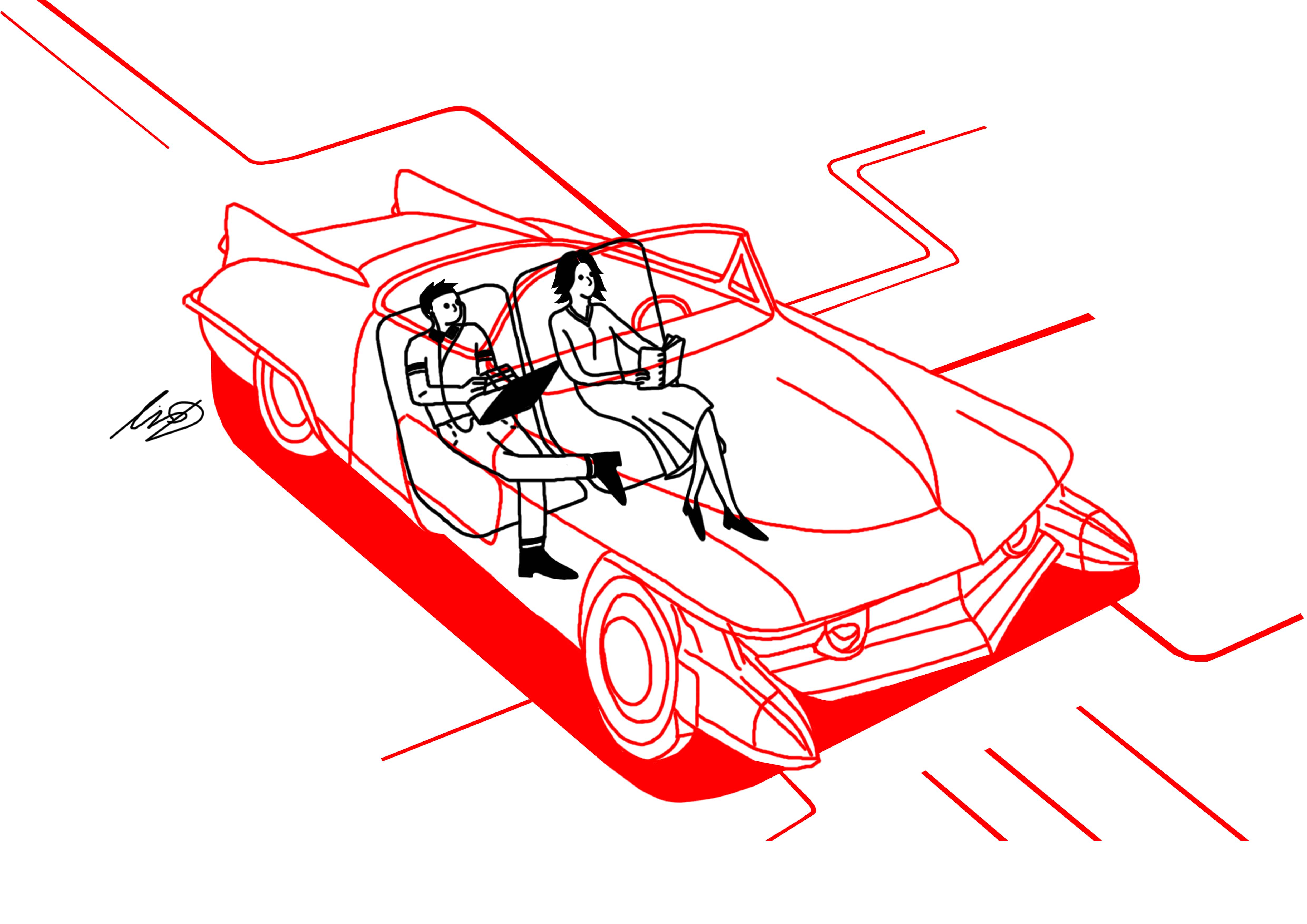Earlier this month, Associate Professor in U of T’s Department of Computer Science Raquel Urtasun joined Uber as the head of the first Advanced Technologies Group outside of the US. The lab team will be developing self-driving vehicle technology in Toronto.
“We hope to draw from the region’s impressive talent pool as we grow, helping the dozens of researchers we plan to hire stay connected to the Toronto-Waterloo Corridor,” Uber CEO Travis Kalanick wrote in a blog post welcoming Urtasun to the company. Kalanick also promised “a significant multi-year financial commitment as a platinum sponsor of the Vector Institute,” an institute for artificial research that opened in March 2017 and was co-founded by Urtasun.
Urtasun is an expert in machine perception algorithms for self-driving cars and a Natural Sciences and Engineering Research Council EWR Steacie Fellow. She also helped create the KITTI Vision Benchmark Suite, a project funded by the Karlsruhe Institute of Technology and Toyota Technological Institute at Chicago, now used by developers to assess vehicle performance.
She is also a Canada Research Chair in Machine Learning and Computer Vision, and has previously received an Amazon Academic Research Award and three Google Faculty Research awards. She will be Program Chair of the Conference on Computer Vision and Pattern Recognition in 2018.
Current autonomous vehicle technology relies on mapping of road rules in particular areas and traffic patterns on particular roads. Urtasun plans to avoid this expensive approach by using cheaper sensors that help the car to ‘see’ and understand its surroundings so as to navigate safely.
The world of artificial intelligence in the autonomous vehicle industry is rapidly expanding. In his April 2017 TED Talk, Tesla CEO Elon Musk estimated that in two years, true ‘Level 5 autonomy’ — where a car would require no human input and could navigate driving tasks in all situations — will be achieved. Musk cited the the ability to gain advanced understanding from images or videos, or computer vision, of self-driving cars as a key component to be solved, which is the very component Urtasun and her team are tackling head on.


